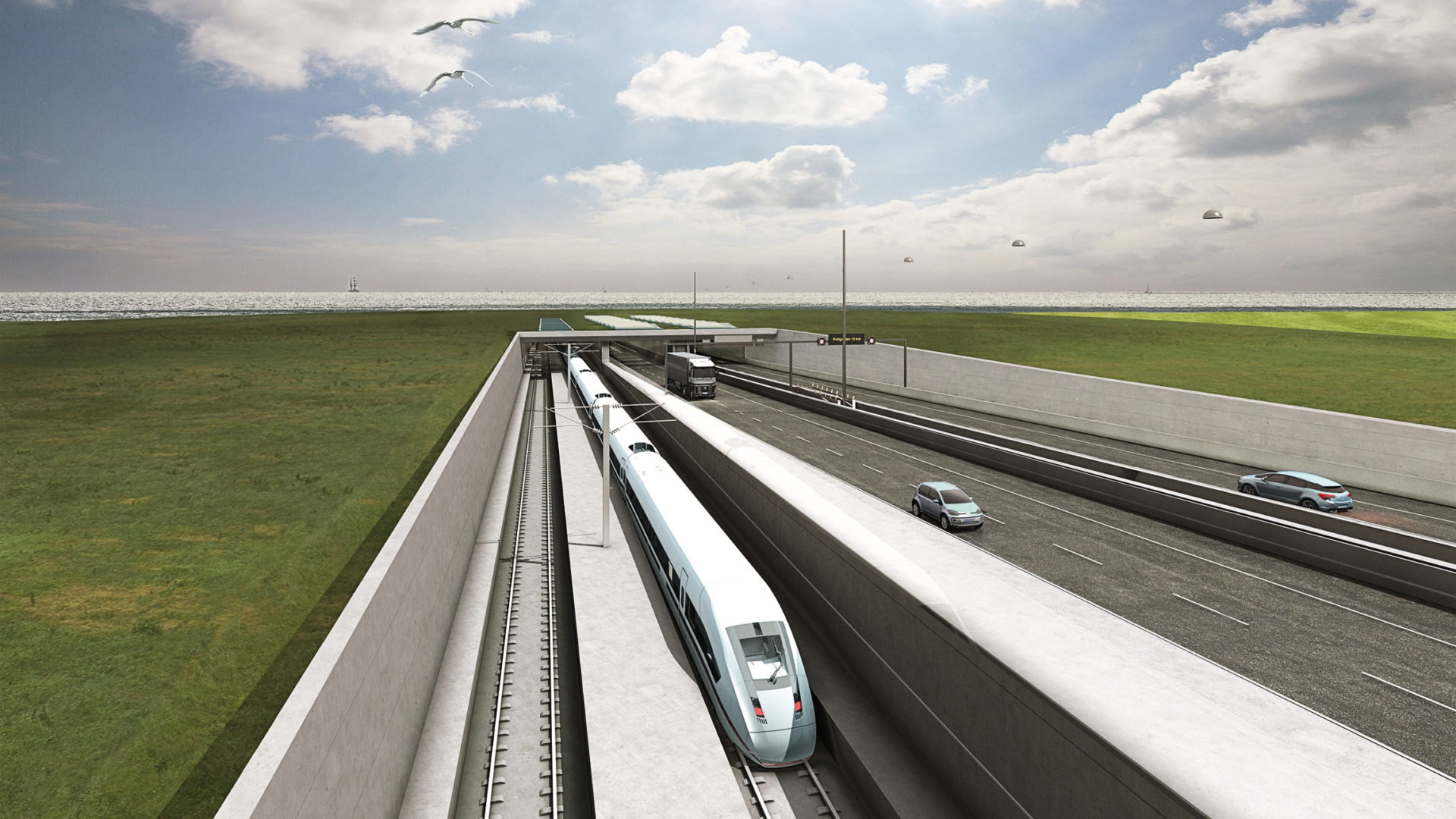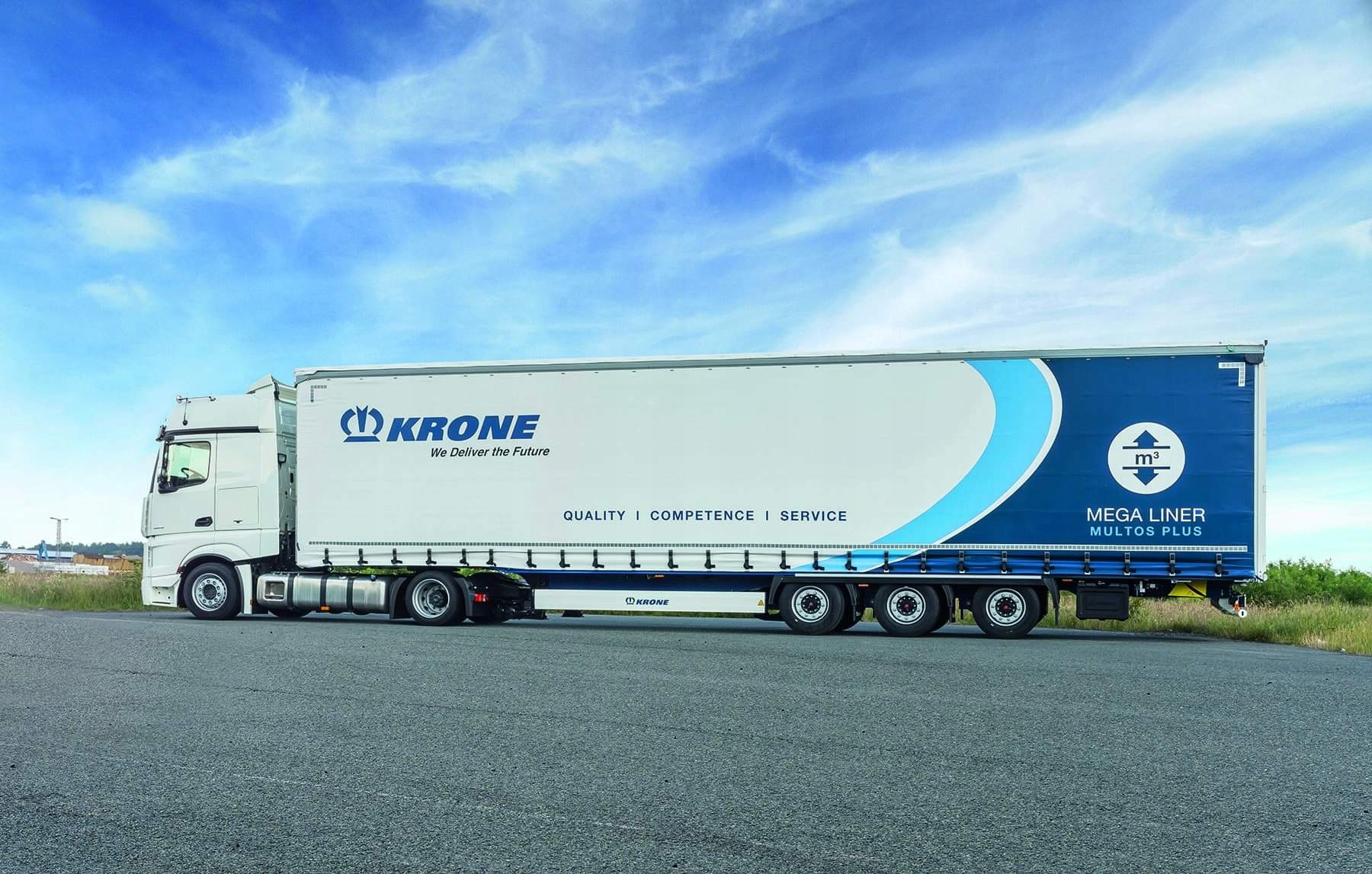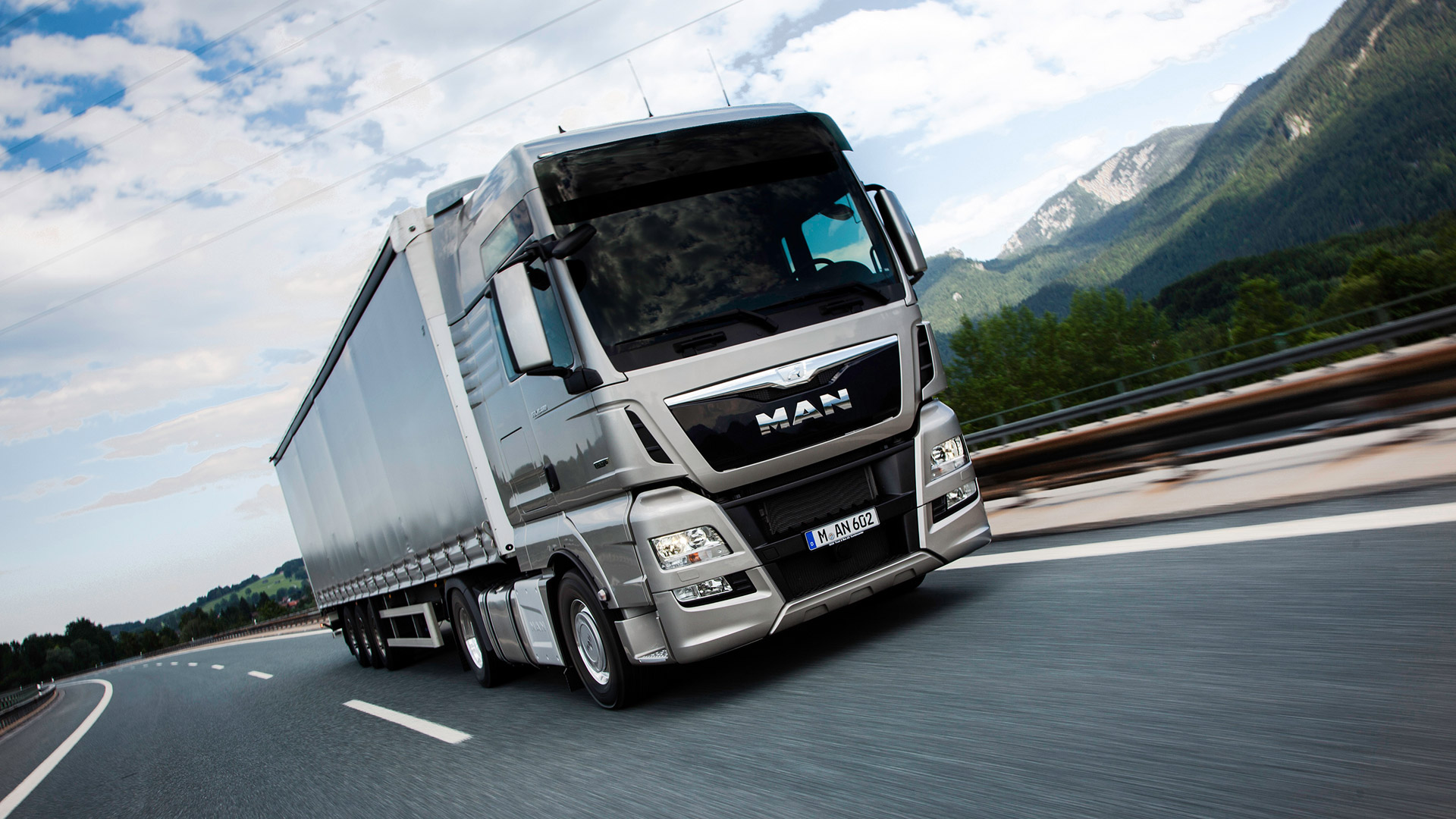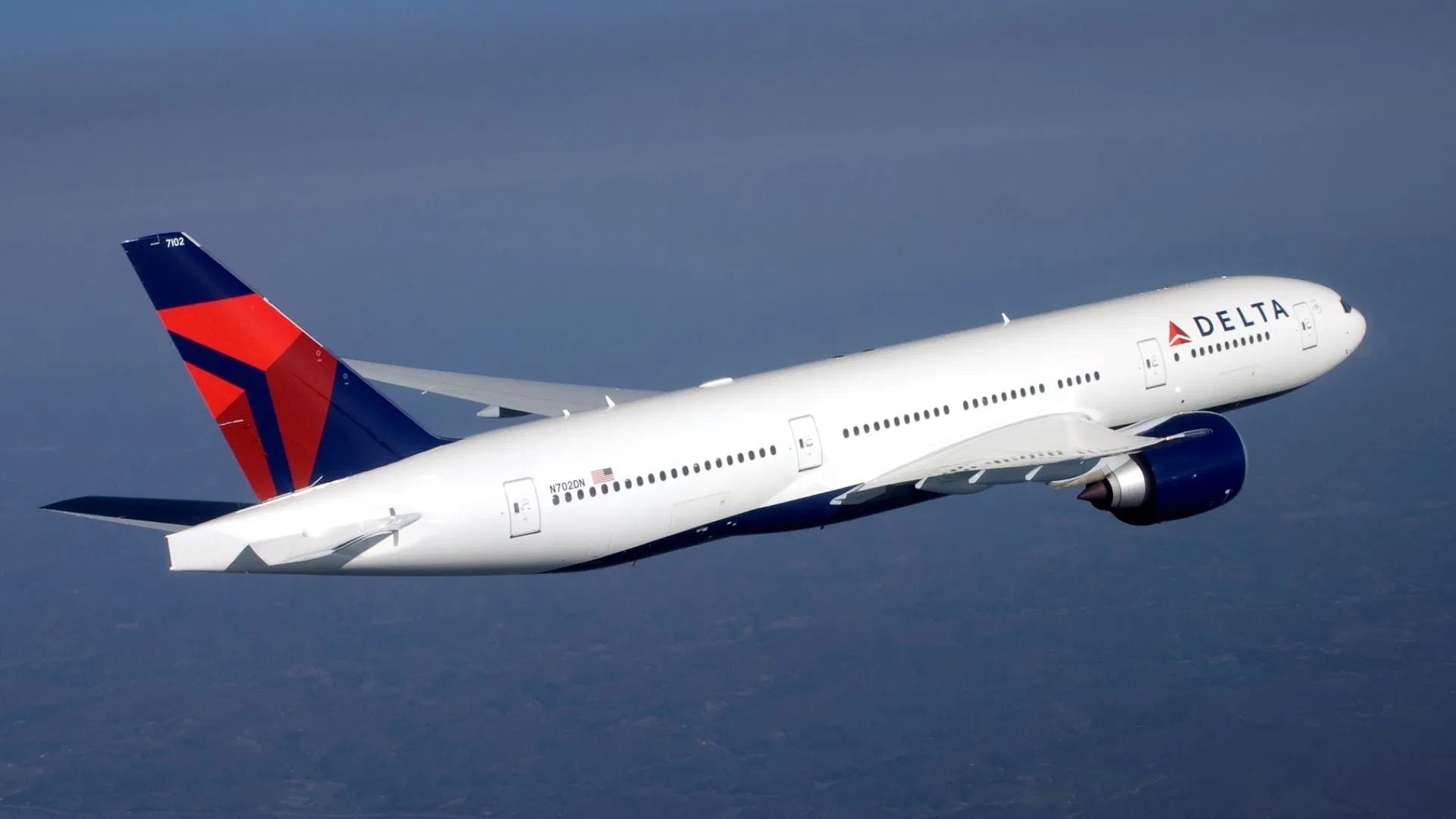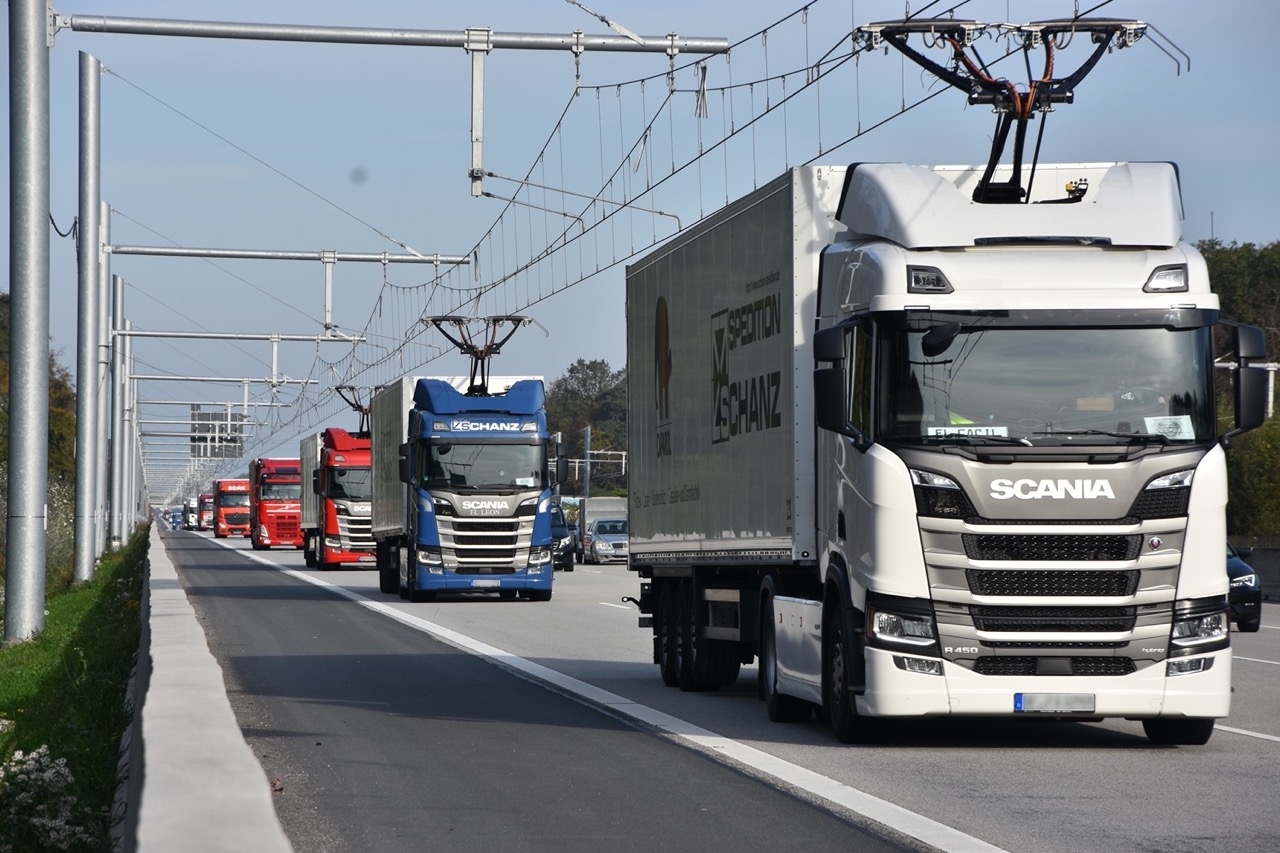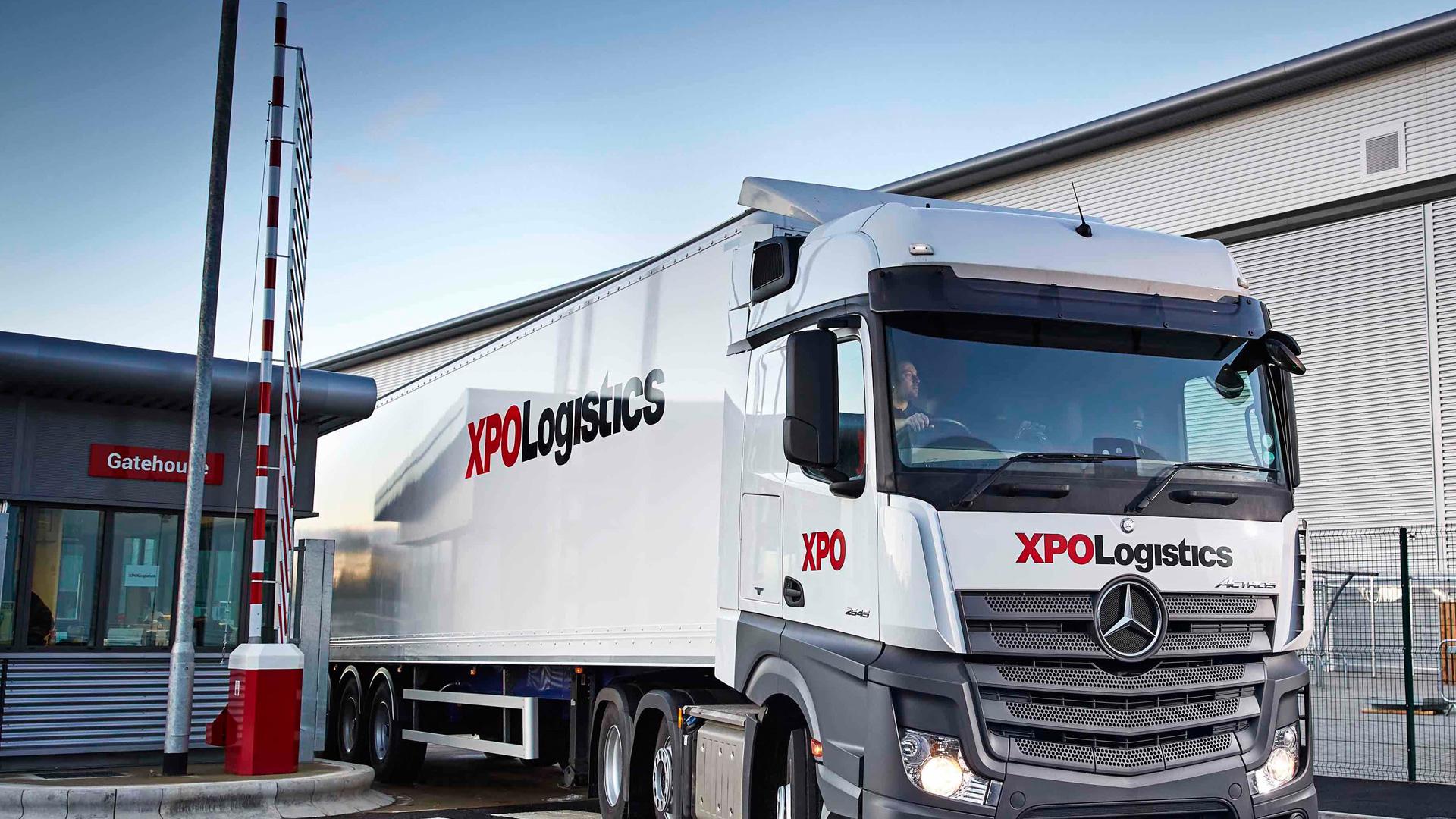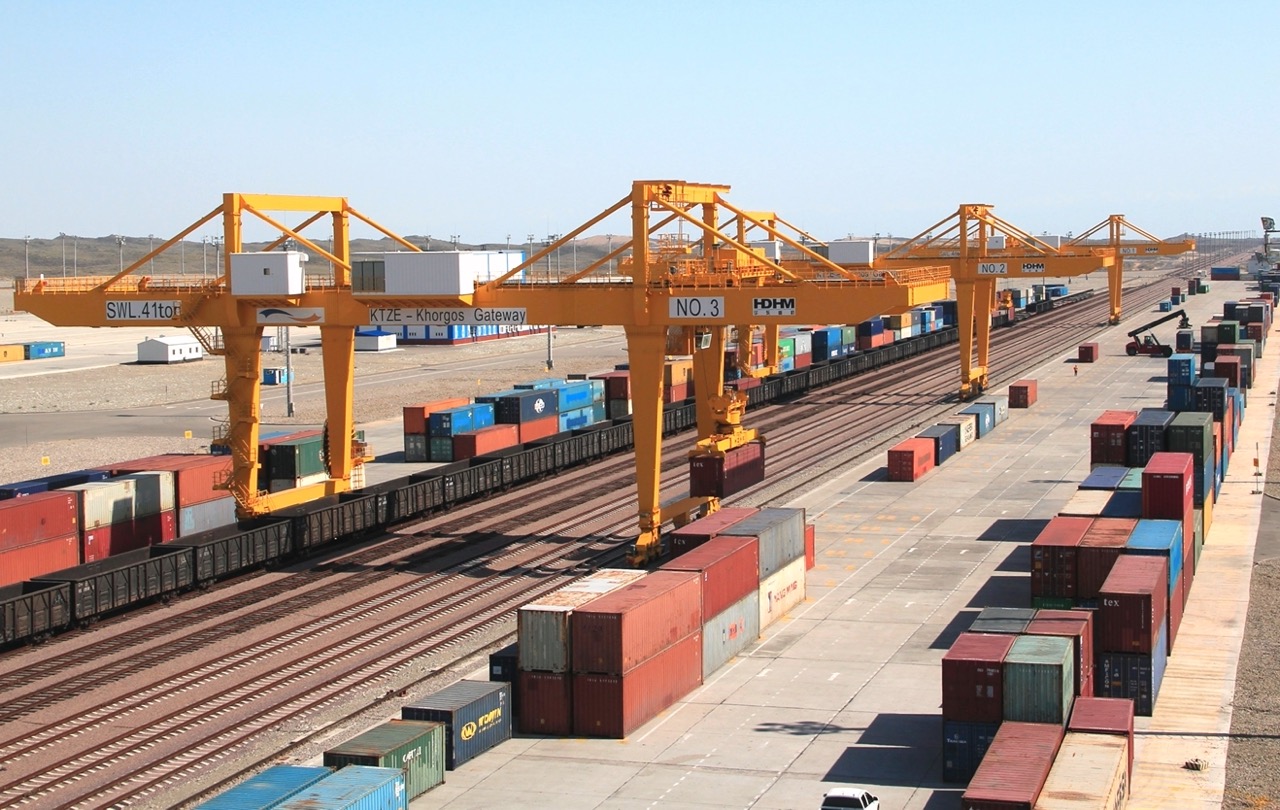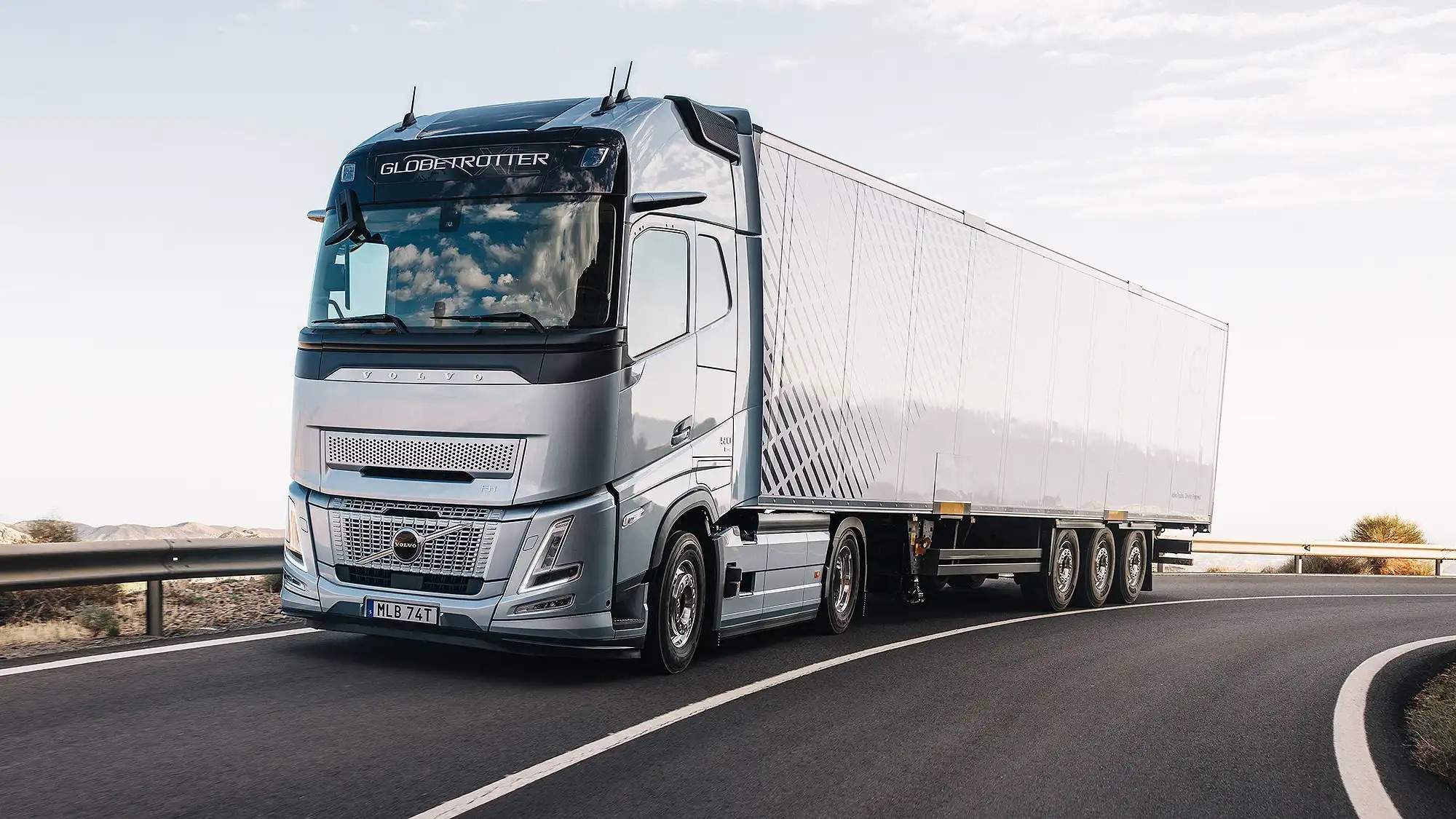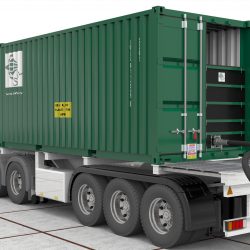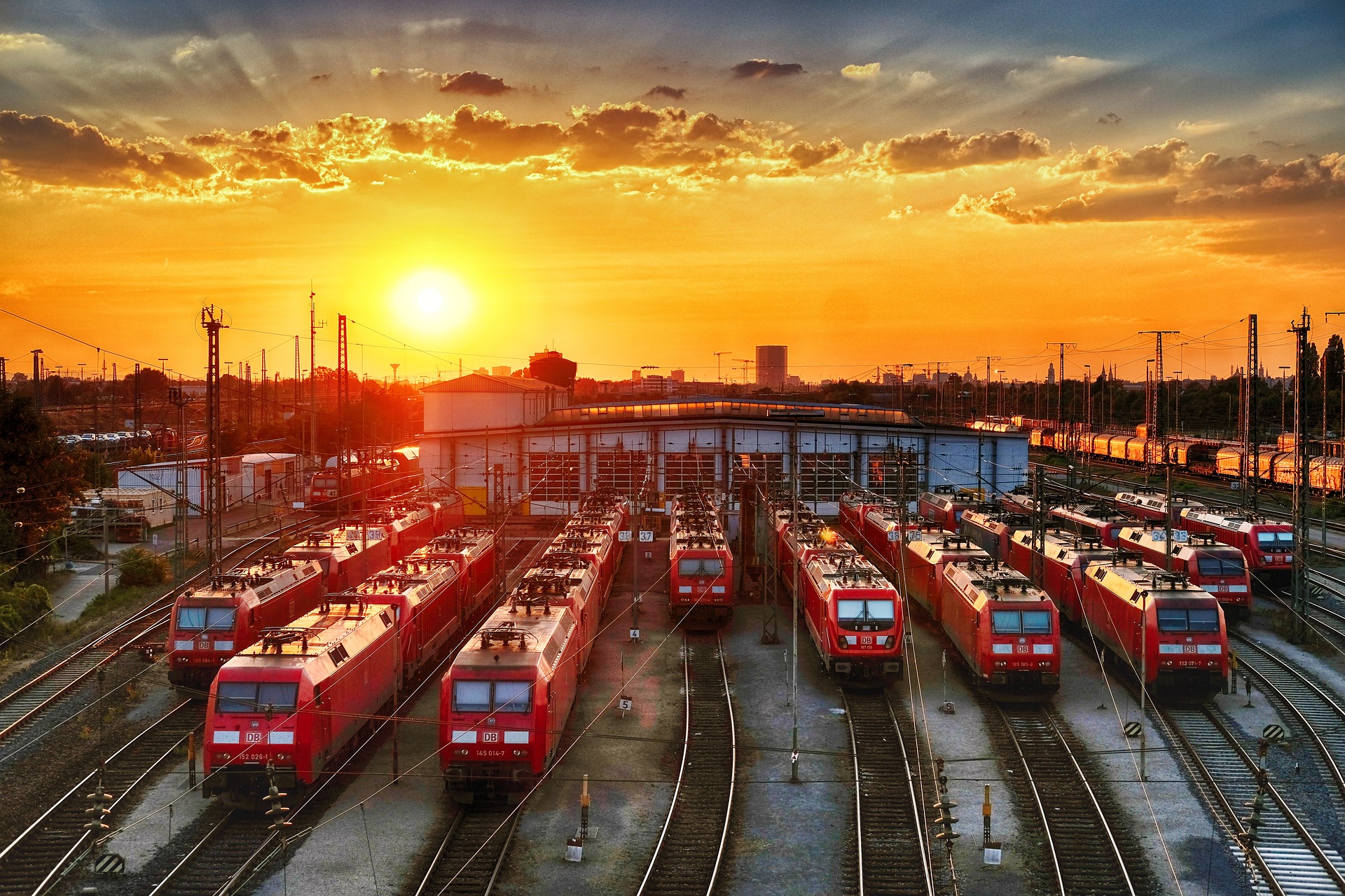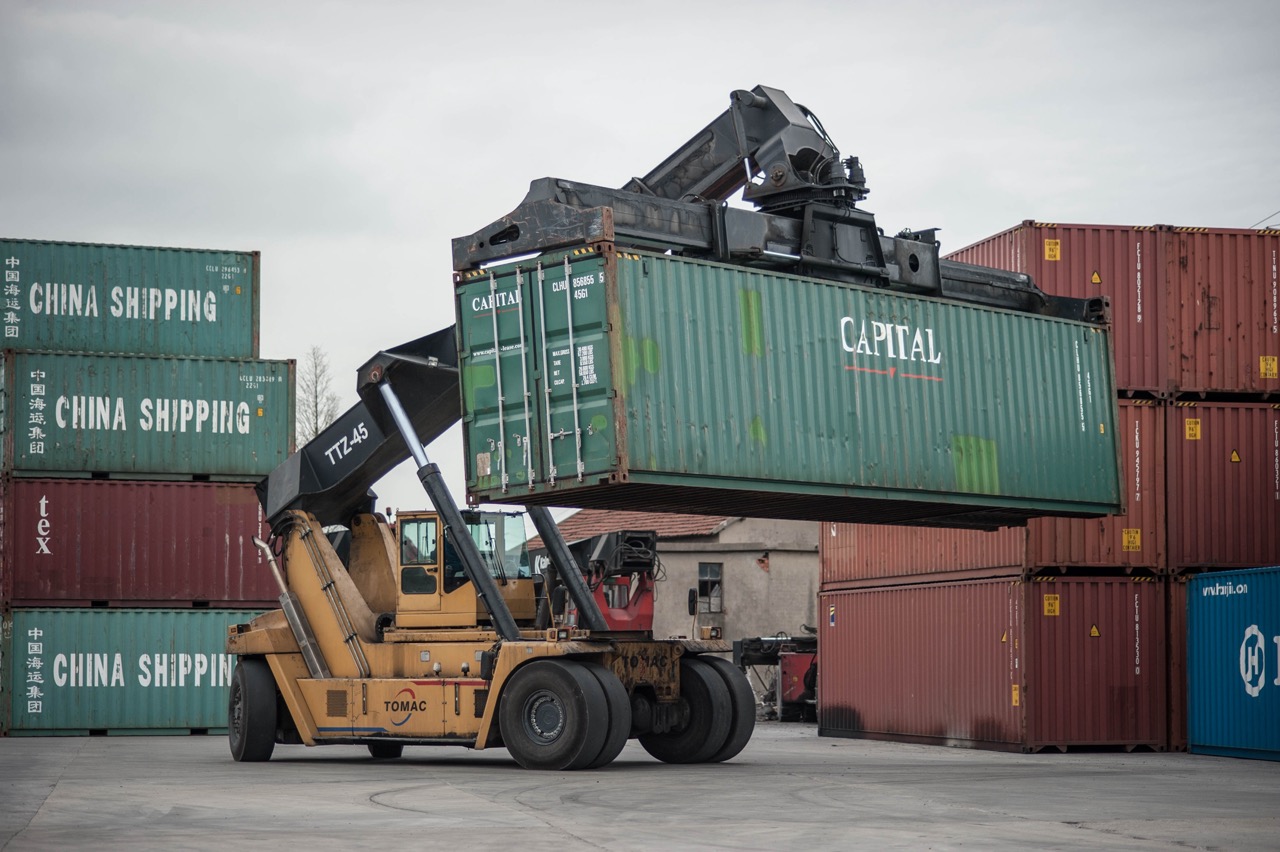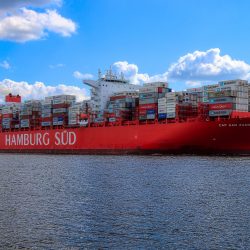The Italy-Germany flight will improve freight transport
European countries are leading the world in reducing emissions. Various EU initiatives to accelerate the achievement of climate targets play an important role. Deutsche Bahn plans to launch a new service between Italy and Germany as part of this strategy. This initiative is part of the significant Fehmarn Belt project.
According to Germany’s largest railway operator, corridor construction has already begun. The assumption is that the route will have freight as its primary focus. In addition, it will create a transport link with the tunnel under the Fehmarn Belt. The latter runs between the islands of Lolland in Denmark and Fehmarn in Germany. The new route will connect the tunnel to the mainland.
The corridor will stretch from Germany to Italy, optimising freight transport in this part of Europe. The new project is important for the countries because it will reduce carbon dioxide emissions and help relieve congestion on the region’s most popular motorways.
The German section will be about 88 kilometres long and run from Puttgarden on the island of Fehmarn to the Lübeck mainland.
Work on the project began in Germany at the end of 2023. Since then, construction has occurred on Fehmarn Island and in Denmark. According to plans, the freight corridor will be ready for operation in 2029. It will link Germany, Denmark, and Italy across the Baltic Sea. Berthold Huber of Deutsche Bahn believes it will be an essential transport route and play a key role in national and international freight transport.
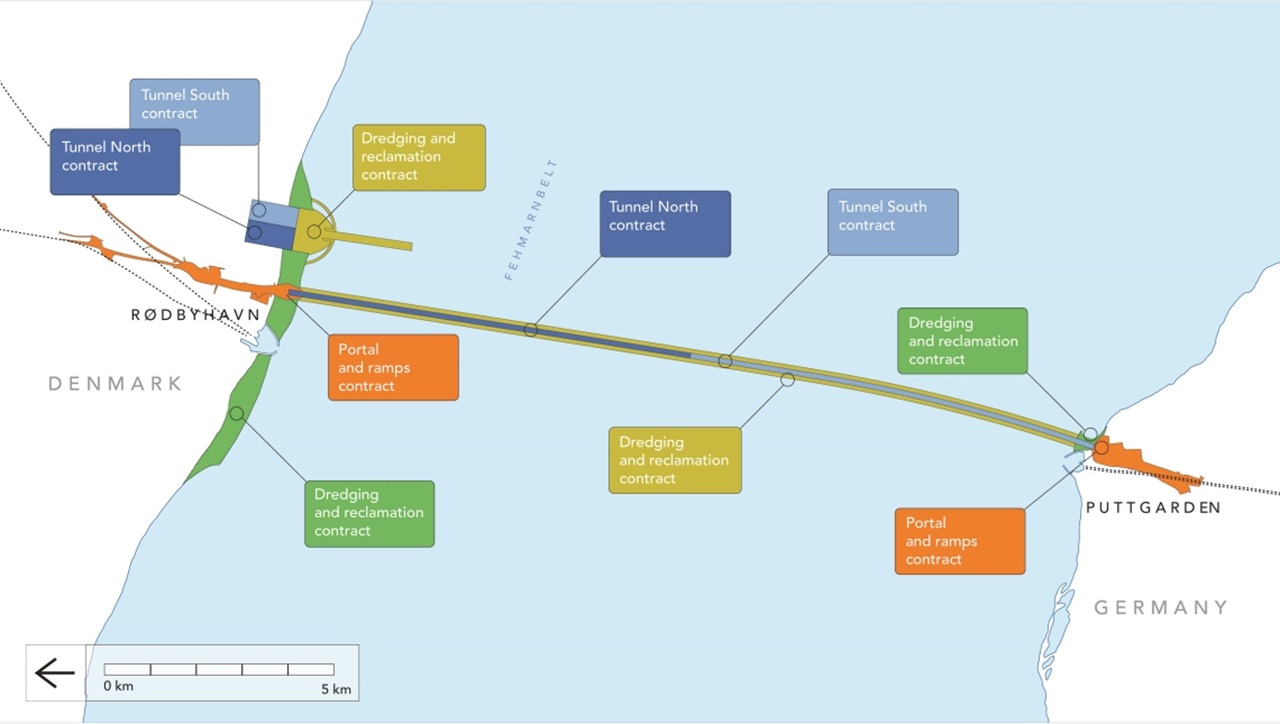
Project overview
The Fehmarn Belt is a railway line consisting of an underwater tunnel in the Baltic Sea. The route includes:
- a link between the islands of Lolland and Fehmarn;
- it would then connect the Danish island of Zealand with the capital, Copenhagen;
- and then through Germany to Italy.
In addition to the railway tracks, the project includes a road tunnel.
The main objective of the construction is to connect Scandinavia with Central Europe. The tunnel will also shorten the journey time from Lolland in Denmark to Fehmarn in Germany:
- At present, it takes 45 minutes to get there by ferry.
- The new route will make the journey by car in 10 minutes.
- The train journey will take 7 minutes.
The development and approval of the Fehmarn Belt project have taken decades. In 2010, the parties signed an agreement to build the bridge. Under the agreement, Denmark will finance the tunnel’s construction and provide paid services for its operation. In return, Germany will provide €800 million to connect the tunnel infrastructure to its motorway network.

